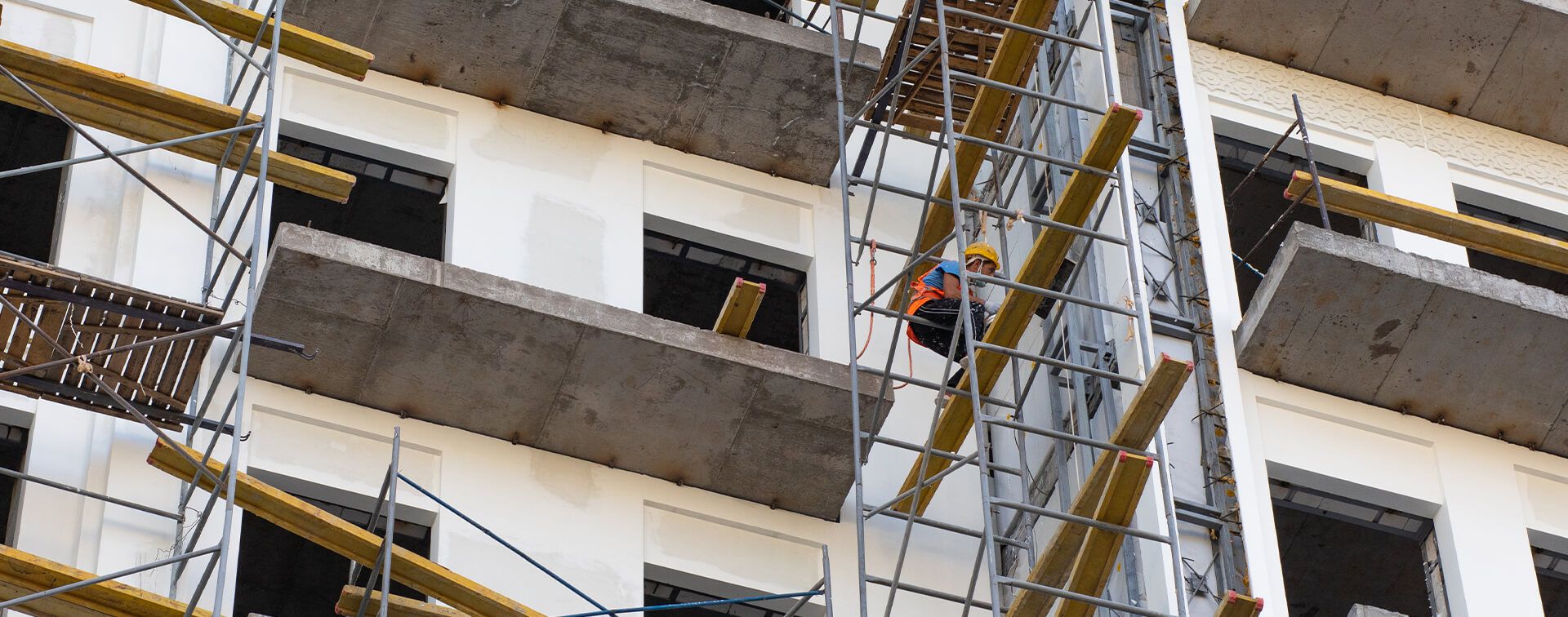
Ryhor Nizhnikau is a Senior Research Fellow at the EU’s Eastern Neighbourhood and Russia program at the Finnish Institute of International Affairs.
Covid-19 has acted as an accelerant for pre-pandemic migration and mobility trends in the region. This year, as the focus shifts from emergency measures to economic recovery, competition for talent and labor has sharpened, making the introduction of systemic solutions more urgent.
In Russia, Covid-19 is serving as a catalyst for new — and less restrictive — migration and mobility rules that came into force in the beginning of the year. Following a mass exodus of the migrant labor force in 2020, Russian authorities face a challenge of repairing the damage caused to the Russian economy and specifically its labor market.
At the end of 2020, over 50 regions and a number of industries including agriculture, construction, and transport reported a sharp deficit of labor. As a result, new sectoral measures were introduced to temporarily alleviate these pressures, facilitate the return of the migrant workforce, and make the market more attractive for skilled and non-skilled workers alike.
Russia plans to simplify mobility requirements for highly skilled workers in the second half of this year. The government is preparing to introduce a golden visa program and offer residence permits in exchange for investment. The conditions for extending residence permits will also be improved. However, these measures are unlikely to be enough to counter the growing unattractiveness of Russia as a work destination. To do this will require a more fundamental revamping of migration policies and the migration system.

Kazakhstan is also shifting its attention to economic recovery, which requires a skilled foreign workforce and a continuously improving business climate. The government emergency measures increased the regulation of the labor market and restricted the migration regime for the skilled foreign workforce. In the second half of 2021, the government is expected to lift some of the bureaucratic barriers on mobility.
The easing of restrictions and a renewed demand for labor is expected to have a positive effect on the Central Asian region. It was hit hard by the emergency measures in Russia and Kazakhstan, which contributed to the economic hardship and political destabilization of the region last year. Uzbekistan has learned lessons from the current pandemic. In particular, it has intensified the search for new labor markets to lower its dependence on Russia. The government is planning to launch intergovernmental negotiations with Poland, Saudi Arabia, and the UAE in an effort to ease migration rules for Uzbeks.
The Ukrainian government looks for the golden middle between its populist measures to lower the labor outflow from the country and the political and economic risks that restricted mobility will bring. Border closures hit Ukrainian workers in the EU particularly badly. Over 500,000 workers were forced to return to the Ukraine. Still, a record amount in remittances — USD 12 billion — was sent back to Ukraine. In the first quarter of this year, the authorities announced their plans to re-integrate and financially incentivize the workforce to remain in the country. However, these measures remain weak and insufficient to withstand the growing demand for Ukrainian labor in Europe. Moreover, the competition among EU member states, particularly Germany and Poland, has led to the simplification of immigration requirements and an improvement in employment conditions in the EU. As a result, Ukraine is expecting increased labor emigration in the second half of 2021.